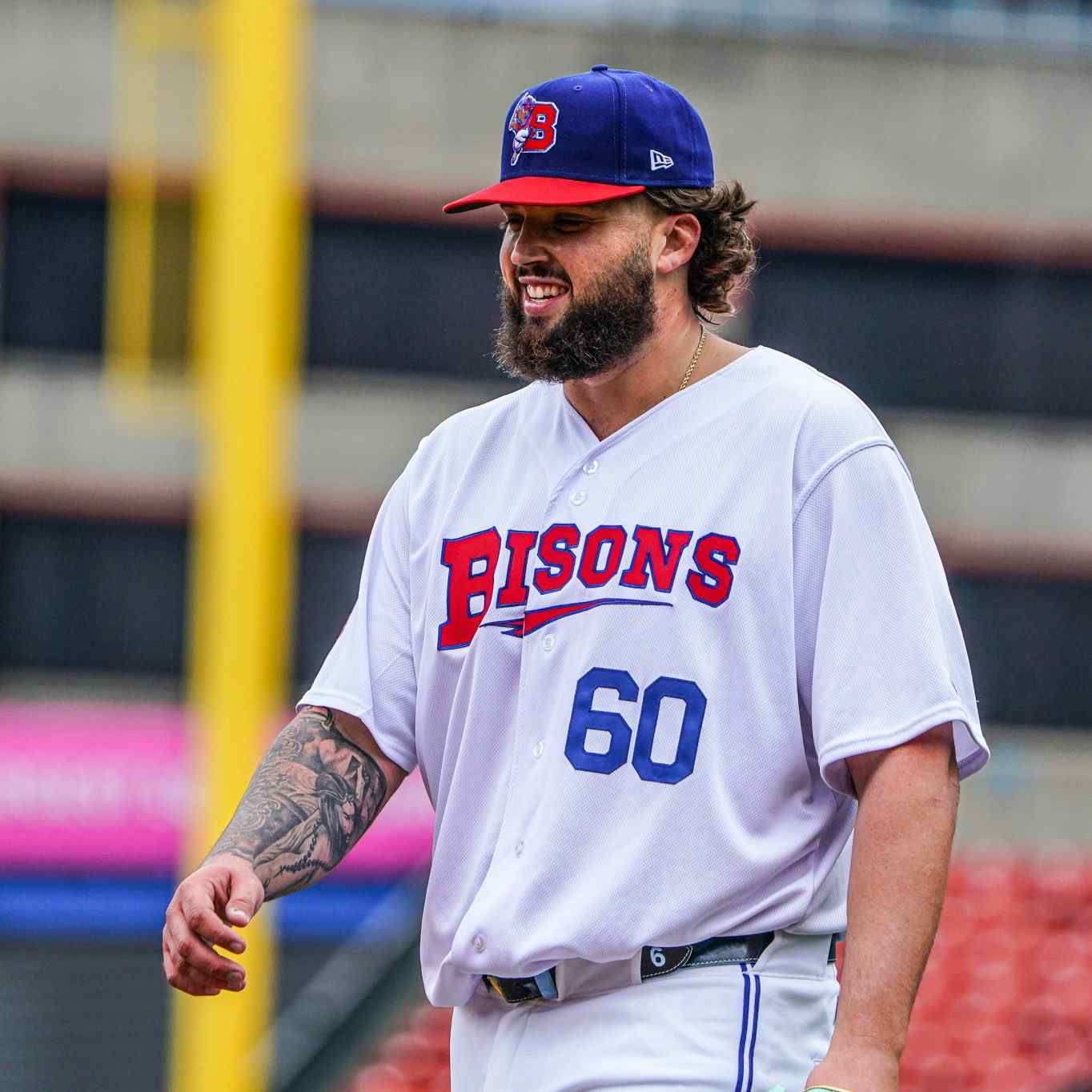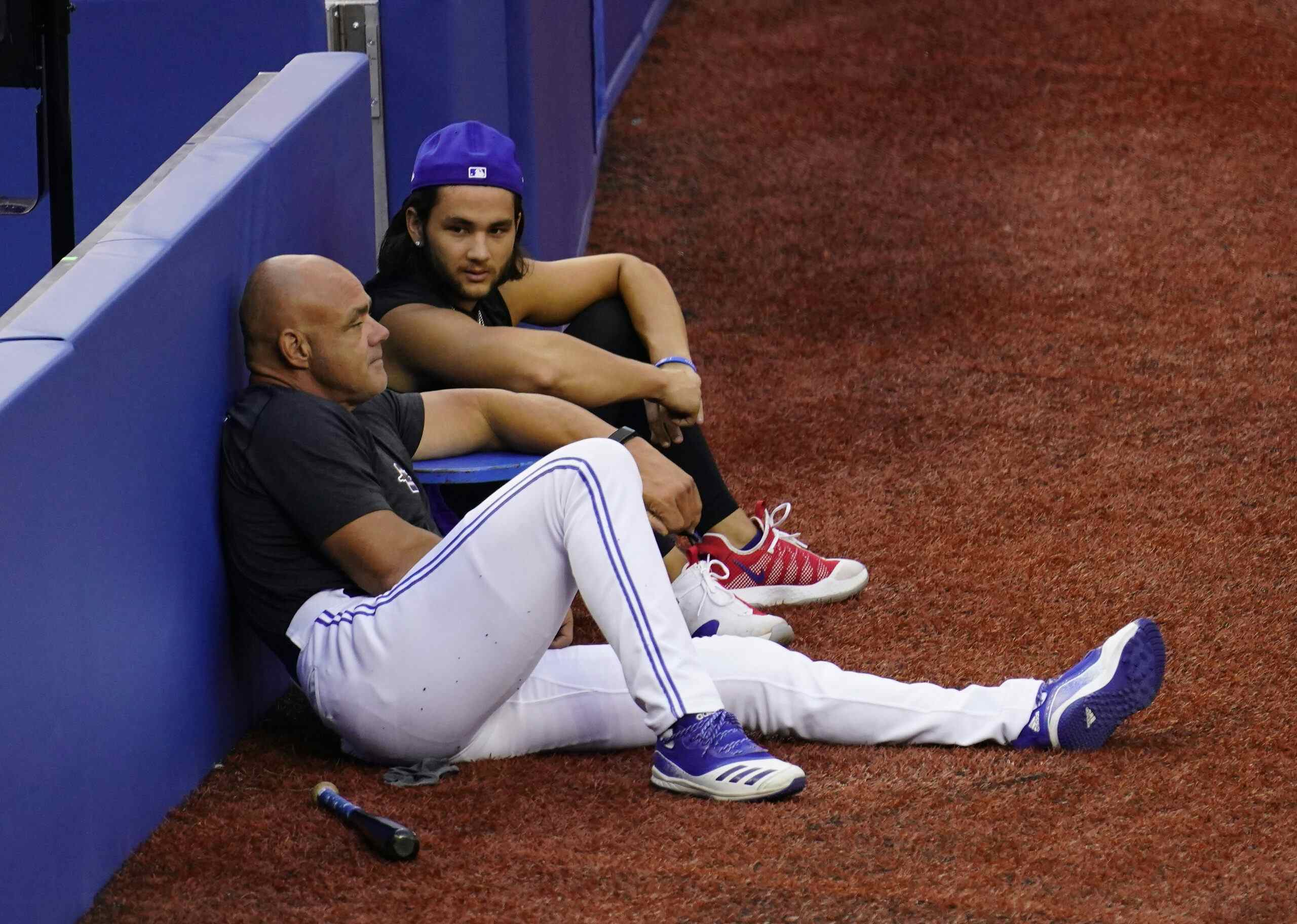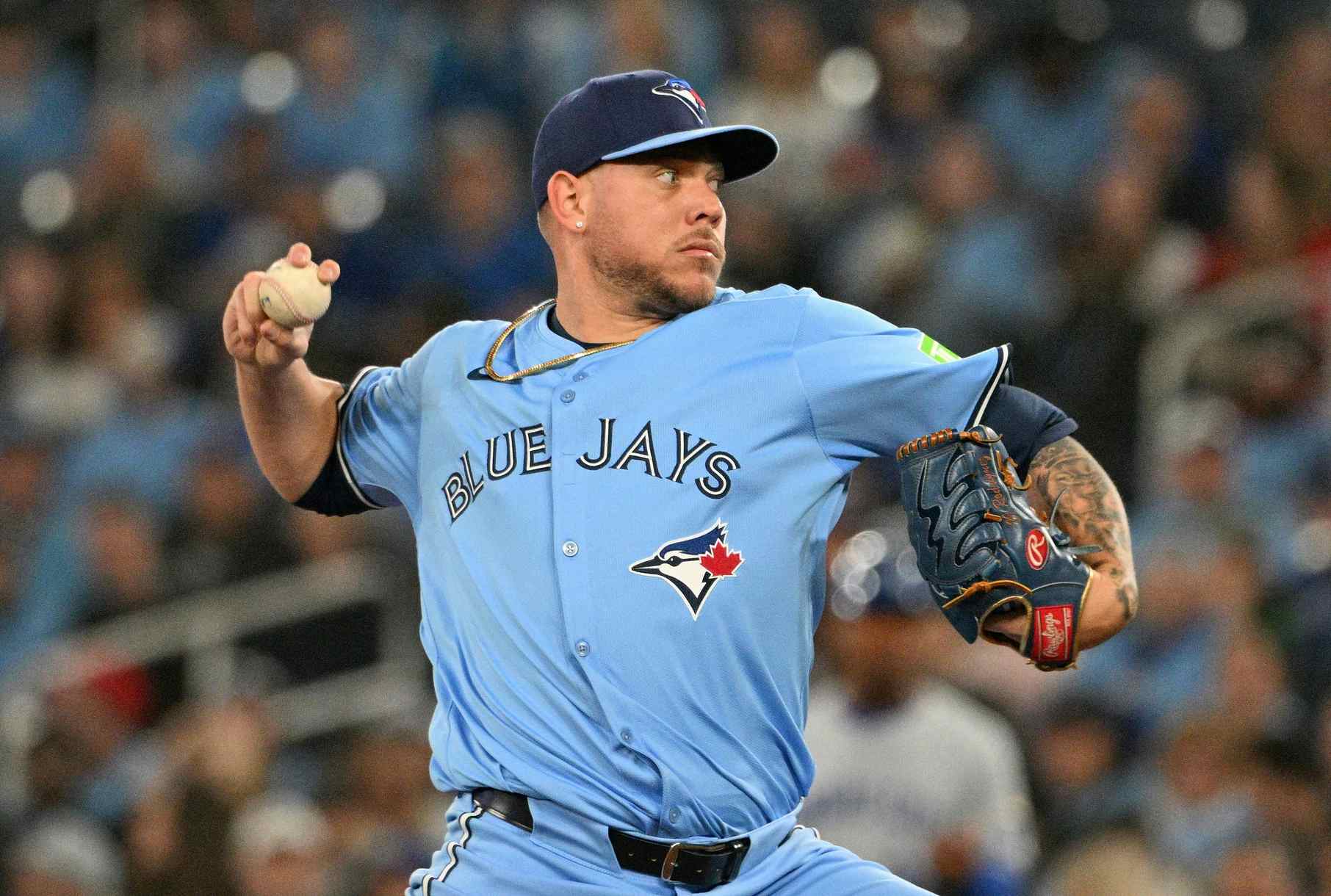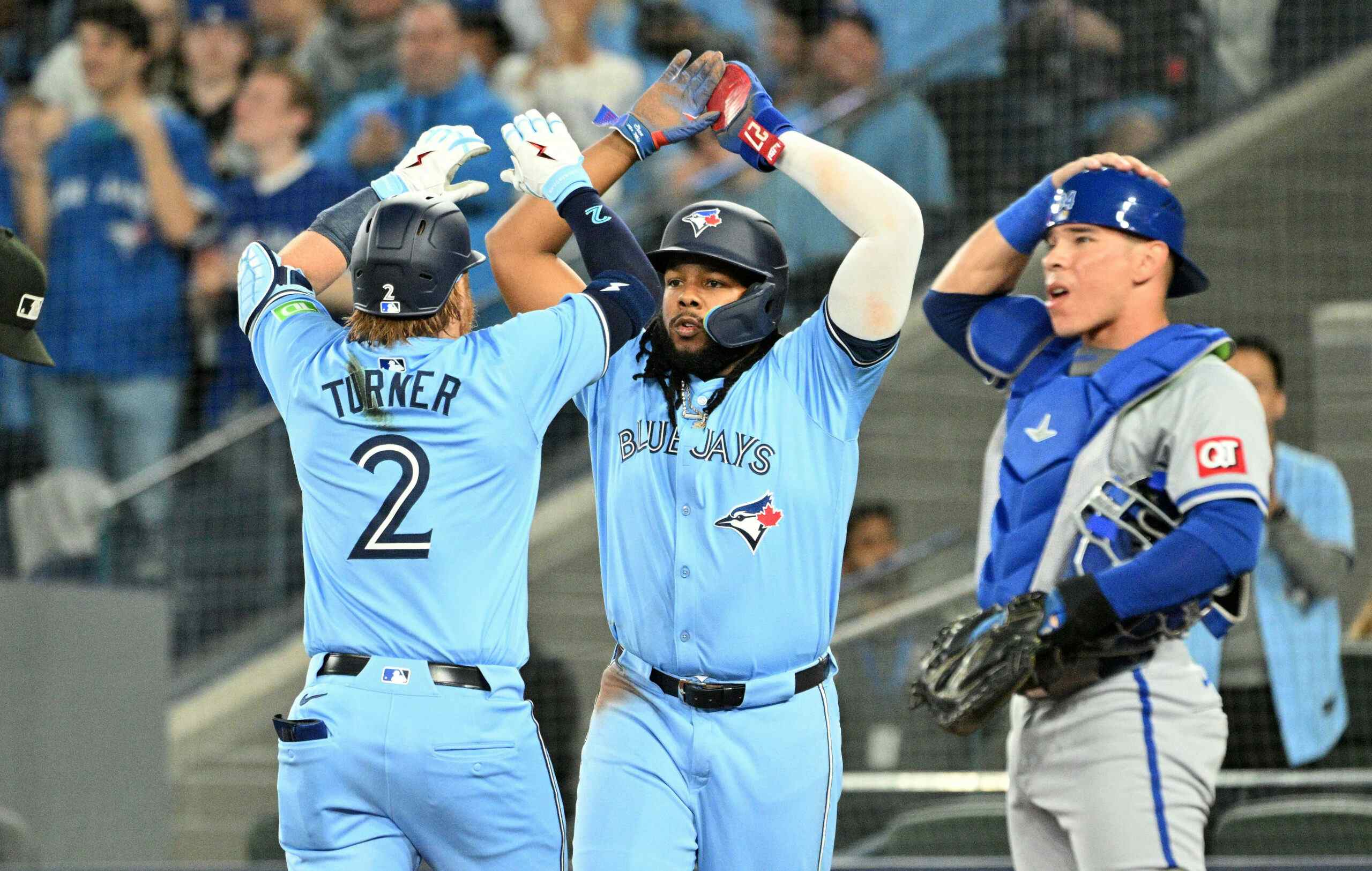The Blue Jays could capitalize from MLB’s shortened draft
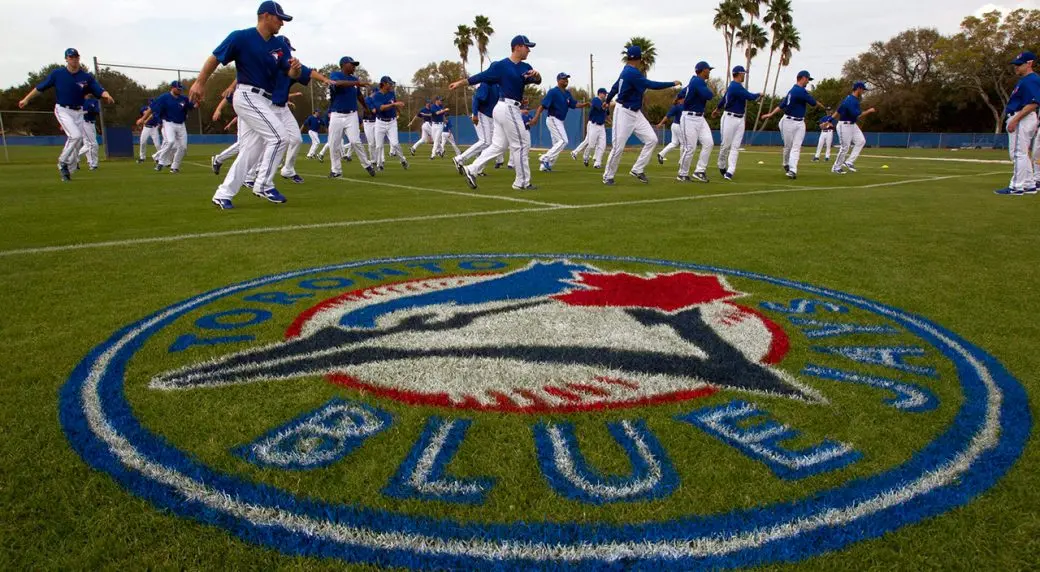
By Cam Lewis
3 years agoThe Major League Baseball draft is going to be a lot different this year than it usually is.
On June 10th and 11th, the draft will be held remotely, and it’ll only go for five rounds instead of the usual 40. After that, all of the players not selected in the five rounds will be eligible to sign with any team they choose, but with a max signing bonus of $20,000.
Ultimately, the overarching uncertainty of the COVID-19 landscape pushed MLB to shrink its draft. The biggest reason this happened, of course, is cash, as teams only have to worry about signing bonuses for a handful of players rather than adding a whole new crop of players to their system.
And then there’s also the issue of those systems. We don’t know if or when MLB games will be played this year, let alone minor league games. If there’s nowhere to send your 12th-round draft selection to play, there isn’t going to be an appetite to throw that player a signing bonus. Even if the player was only going to get $30k as their bonus, which seems like a pittance for an MLB owner, it’s still a way for them to cut costs.
Who stands to benefit from this decision? Well, the owners, obviously, because they’ll be saving themselves a bunch of cash in the short-term. But there’s also something to be said for a large crop of players getting an opportunity to choose their own adventure in this situation. While it’s slimy on the part of the owners to limit undrafted player signing bonuses to such a dinky amount (no, this isn’t all about competitive balance), these players will, at the very least, now be able to put themselves in situations to make more money in the long-term.
More and more we’re realizing that MLB organizations are not created equal. Not just in the traditional Moneyball ‘there are rich teams, there are poor teams, there’s 50 feet of crap, and then there’s us’ sense where the Yankees can throw a bunch of money around one winter and build a strong roster. But also in the player development sense, in which some organizations have embraced the analytical and technological renaissance in baseball and can now churn out high-quality players faster than other organizations who haven’t.
A few weeks after last year’s draft, Kyle Boddy of Driveline, a well-known data-driven baseball training program, posted about how a prospect said they would take a smaller signing bonus to sign with the Houston Astros, an organization known for its modern player development system.
A story closer to home is that of Bo Bichette, Toronto’s second-round choice from the 2016 draft. Why would a player as good as Bichette get selected in the second round? If you were to re-draft 2016’s class today, Bichette might go first overall.
But Bichette, the son of a former All-Star and younger brother of a prospect in the Yankees system, knew the ins and outs of what going through an organization’s system entailed. He was committed to play for the University of Arizona and only getting put into the right situation would change that.
Bichette also had strong opinions about the type of organization he wanted to join, telling some clubs not to bother drafting him because he felt they didn’t have a track record of encouraging individuality in their player development.The Blue Jays didn’t fall into that category. Mariana built a dossier on the methods Atkins and Blue Jays president Mark Shapiro utilized in developing young players when they led Cleveland’s organization. They delved into the background of Toronto’s director of player development Gil Kim, who had recently joined the organization from the Texas Rangers. The Bichettes were also attracted to Toronto’s high-performance department and encouraged by the fact several Blue Jays big leaguers utilized unconventional swings, like Jose Bautista’s big leg kick or Josh Donaldson’s explosive approach. – Arden Zwelling, Sportsnet
It was the Blue Jays’ (specifically Mark Shapiro and Ross Atkins’ reputation from their Cleveland days) reputation for treating players as individuals in their system that ultimately allowed them to sign Bichette after they drafted him. You can also see this type of thing with the way the organization has handled Nate Pearson, working with him to design a hyper-specific, data-driven program to build up strength after missing virtually all of 2018 with an injury.
Now, four years later, the Blue Jays have a brand-new, state-of-the-art facility in Dunedin, loaded up with all kinds of bells and whistles that most fans would never give a shit about, like a 10,000 square foot gym, sports science lab, and a variable depth swimming pool, but players certainly will. I would also imagine that going ahead and paying minor league players more than anybody else last year won’t hurt, either.
This is an important draft for the Blue Jays. They have their highest selection at No. 5 overall that they’ve had since 1997 when they selected Vernon Wells. But, beyond the top prospect they’ll be able to grab with that pick, the Jays will also have a massive crop of undrafted free agents to add to their system.
There’ll be plenty of really, really good talent that goes undrafted in June this year and the Blue Jays are in a prime position to capitalize because of the organization’s player development reputation.
Recent articles from Cam Lewis


